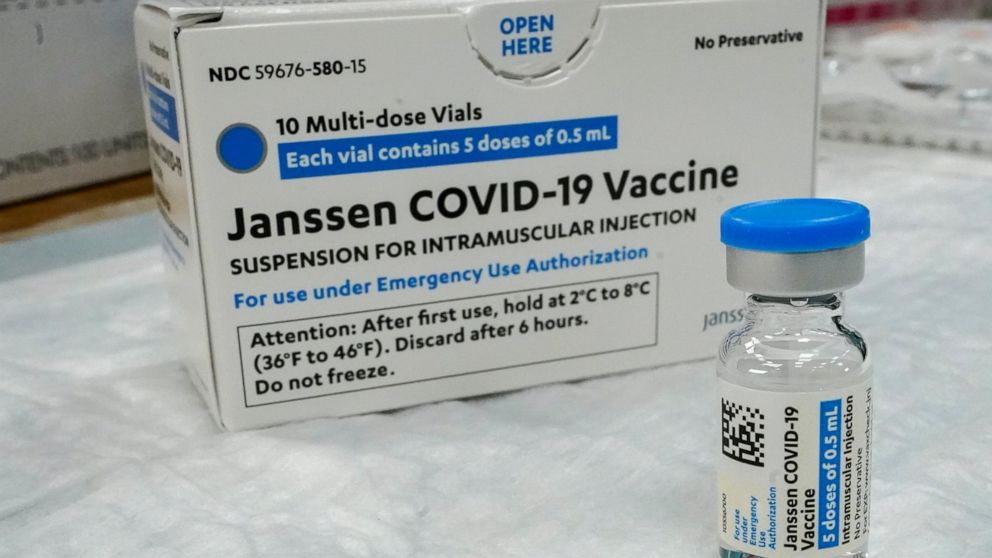
- #Floppy drive image file how to#
- #Floppy drive image file software#
- #Floppy drive image file download#
First, let’s create the actual file itself using ‘dd’: $ dd if=/dev/zero of=documents.img bs=1K count=1440Ī standard 1.44MB floppy image has been created using ‘dd’. On systems like Ubuntu, you should already have these tools installed. The tools needed are ‘dd’, ‘fdisk’, and ‘mkfs.fat’. The command line will be used to create the images. Ctrl-F4 will then go back to the beginning of the floppy list. To cycle through the loaded images, press Ctrl-F4 to put the next set of floppies into their drives, so “documents.img” goes into A: and “games1.img” into B: Pressing Ctrl-F4 again will put “games1.img” into A: and “games2.img”. DOSBox will treat the DOS 6.22 image as the A: drive and the “documents.img” file as the B: drive. This will boot into MS-DOS 6.22 with the option to cycle through the images. boot “MSDOS622.IMG” “documents.img” “games1.img” “games2.img” -l a Again, it is recommended to put these floppies in the same directory as the boot image just to make it easier down the track, but that is entirely up to you. Multiple FloppiesĭOSBox can take multiple floppy images as parameters for the boot command. Note that “-l a” simply tells “boot” to boot from the A: drive. boot “MSDOS622.IMG” -l a DOSBox should successfully boot the floppy image. Y: Now run the boot command to boot from the image as well as specifying the drive to boot from. Mount Y: /home/unix_allsort/.dosbox/floppies My recommendation is to mount the directory where you intend to keep your floppies first, then navigate to them to reference the floppy image file. Once the floppy image has been obtained, open up the DOSBox config file and scroll to the bottom of the autoexec section to insert some commands that will allow you to easily boot from an image. Look for an MS-DOS 6.22 boot disk as an example.
#Floppy drive image file how to#
This guide will also show you how to load several floppies at once using the “boot” command in DOSBox. To start with, all that is needed is a disk image that will boot into MS-DOS.
#Floppy drive image file download#
There are places you can visit on the Internet where you can download DOS systems in the form of bootable disk images. This can be simulated by using a floppy image which is simply a file that represents an entire floppy disk drive.
#Floppy drive image file software#
Many floppies contained games or other software that would have automatically booted once the system started (using the autoexec.bat script). Continuing on from the previous tutorial, we move on to boot DOS systems from floppy images. Copy the file from the C-drive on the exisiting virtual machine over to the mounted diskette drive you'll find under "My Computer".Copy the file you want to place on the virtual diskette over to the exisiting virtual machine from the hyperv-host, \\serverip\c$ in my computer on the hyperv host machine.Mount it to an exisiting virtual machine.Then i dismounted the virtual diskette from this machine and mounted it on the SBS2008 server where i needed the answerfile. \\192.168.10.9\c$ and copied it over, then copied it from the virtual machine C-drive to the floppy. To get the files to the virtual machine i just accessed the virtual machine via the network (Settings on the virtual machine, diskette drive) You would insert it (mount it) to a machine (in my case i used an exisiting virtual machine) and copy the files over.

How would you normally place a file on a physical diskette? Well, the file you created is actually a virtual representation of a physical diskette.


 0 kommentar(er)
0 kommentar(er)
